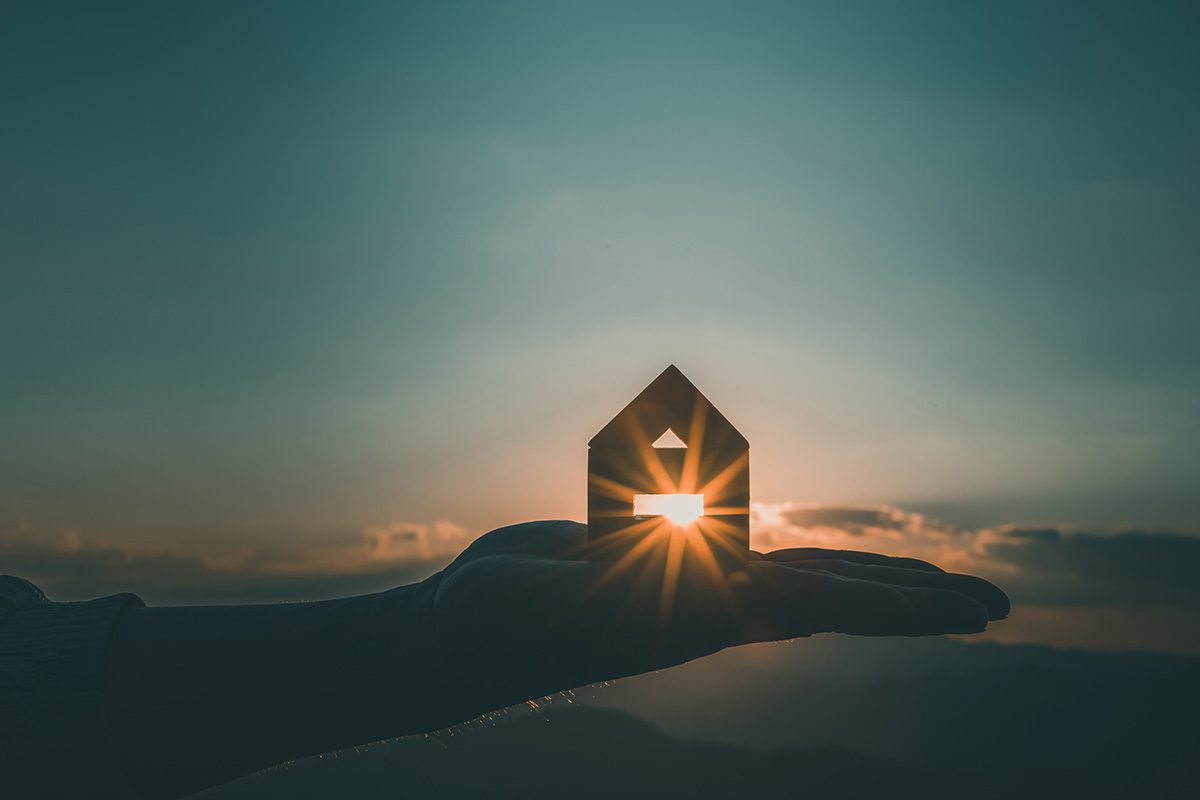Sustainable Building Materials for Architectural New Builds

Sustainable Building Materials
Building a sustainable, architectural new build home in Auckland starts with the design. In particular, the home should be designed to be as energy-efficient as possible because energy consumption results in carbon emissions – more energy consumption equals more emissions.
An eco-friendly new build cannot be truly sustainable if it is built to the lowest standard allowed by law in New Zealand. The home is almost guaranteed to be colder, more expensive to heat and poorly ventilated (not good for your health).
The point here is that suitable quality materials are sustainable because they offer efficient heating, good ventilation, and excellent moisture control–ultimately reducing your home’s environmental impact from day one.
An additional perk of building an eco-friendly home is that it may qualify you for financial incentives and lower interest rates through your bank. Most New Zealand banks offer incentives to design and build high-performing homes.
Sustainable Building Materials – Steel vs Timber
Believe it or not, GIB® Plasterboard, for example, is sustainable, non-toxic, and even compostable because it is made from natural gypsum and 100% recycled paper. Most good quality plasterboards will be constructed from almost 100% recycled materials and manufactured with lower energy intensity.
Depending on your builder, you may choose between steel and timber framing. You would think, on the surface, that building with timber is less sustainable than working with steel. After all, some timber operations destroy natural habitats, and we need trees to suck the CO² out of the atmosphere – trees help reduce carbon emissions.
Both steel and timber have their sustainability pros and cons. Steel, for example, only removes around 2.9 tonnes of carbon from the atmosphere. Meanwhile, the average timber-framed house removes approximately 7.5 tons of carbon, so a timber-frame home removes more than double that of steel. This means timber’s carbon footprint is smaller than steel’s and even more so than cement’s.
You will also find that New Zealand does not suffer from shoddy timber management, the leading cause of habitat destruction. Ecology interests locally are very well managed.
Timber framing is the most eco-friendly structural building material. Wood captures carbon better and provides better insulation performance and energy use reduction – it’s simple, versatile and aesthetically pleasing.
Timber Examples
Accoya Weatherboard: Great if you want a darker exterior to your home – it exceeds the performance, durability and stability of the world’s best tropical hardwoods.
The Abodo range of cladding: This renewable e-eco-timber cladding is suitable for darker colours and modern homes.
Lunawood: Sourced from trees aged between 70 and 100 years, the Lunawood is grown sustainably in certified Nordic forests. After harvesting, the wood is put through a chemical-free thermal modification process utilising only steam and heat.
Regarding roofing, your eco-friendly options include steel and tiles (asphalt shingles, clay, concrete or slate). Of these, steel is the most environmentally friendly roofing material. Besides enjoying a longer life and requiring lower carbon emissions to manufacture, steel roofing does not need a plastic, rubber, modified bitumen or PVC membrane (propylene and ethylene) to waterproof the tiling.
However, some slate roofing options are sustainable and attractive. For example, Viking EcoStar is a sustainable, lightweight injection-moulded synthetic slate tile made from 80% post-industrial recycled materials (and is renewable at the end of its life too).
Many sustainable building materials are available for building a healthier, eco-friendly home. If you want to build in Auckland, we’d be happy to discuss your aims and guide you on creating a more sustainable home. Contact us today for a chat.